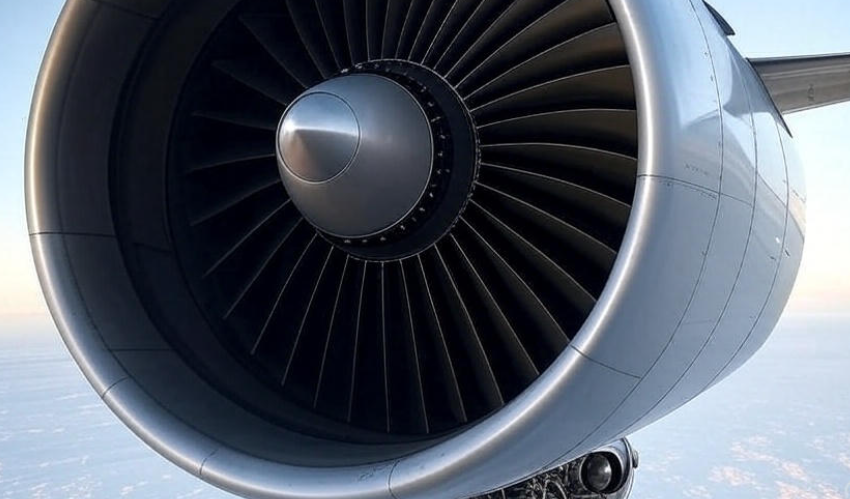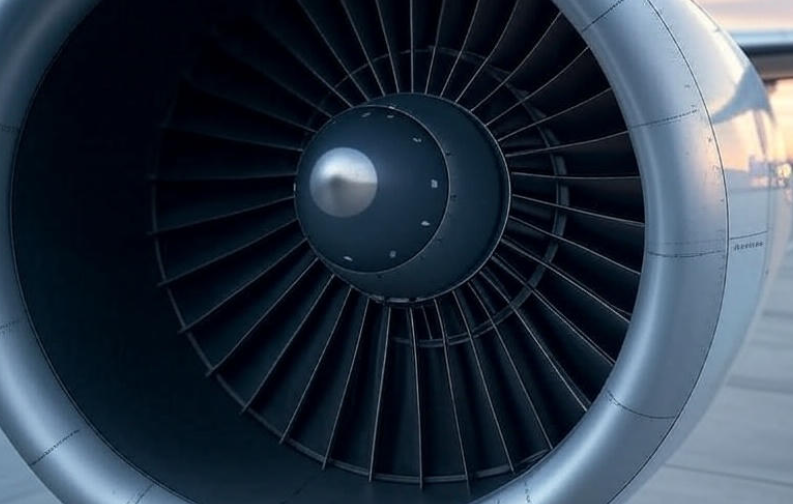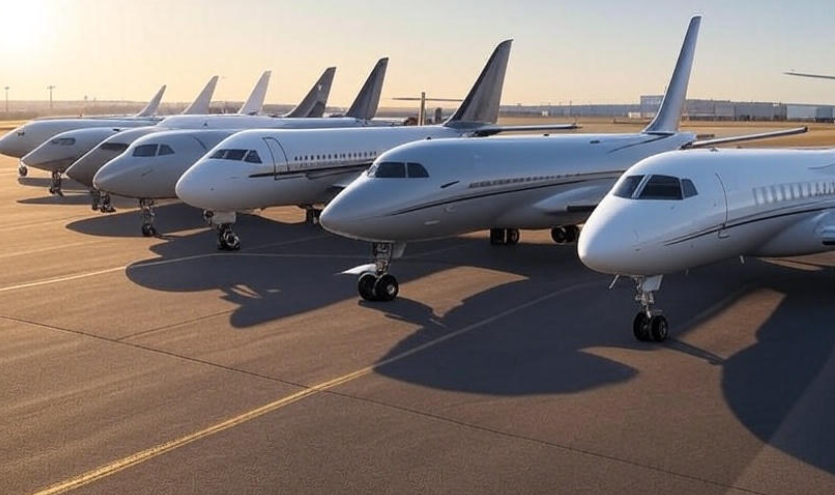Jet engines have always been marvels of engineering. From the early designs in the 1930s to today’s supersonic engines, the progress has been remarkable. But why are modern jet engines more powerful than ever before? Let’s break it down and understand the science, technology, and innovations behind these incredible machines. ✈️
The Basics of a Jet Engine
Before diving into why they’re more powerful, it’s important to understand how a jet engine works. In simple terms:
-
Air enters the engine through the front intake.
-
It is compressed by a series of blades called compressors.
-
Fuel is injected and ignited in the combustion chamber.
-
Hot gases rush out of the engine, spinning the turbine and creating thrust.
Think of it like blowing up a balloon and letting it go—the air rushes out, and the balloon zips forward. Jet engines do the same thing, but with extreme precision and enormous power.
Advanced Materials Make a Huge Difference
One of the key reasons jet engines are more powerful today is the materials used. Modern engines use titanium, nickel-based superalloys, and ceramic coatings that can withstand extreme heat and stress.
-
Older engines would melt or weaken under very high temperatures.
-
New materials allow engines to operate at hotter temperatures, improving efficiency and thrust.
This means planes can fly faster, carry more weight, and burn less fuel—something that was unimaginable a few decades ago.
Better Aerodynamics Inside the Engine
Jet engines aren’t just about materials—they’re also about design. Engineers have made turbines and fans more aerodynamic than ever.
-
Fan blades are now curved and twisted in ways that reduce air resistance.
-
Turbines are precisely shaped to maximize airflow while minimizing energy loss.
This helps engines squeeze more power out of the same amount of fuel. Basically, the air moves smoother and faster, creating stronger thrust without extra fuel.
Fuel Efficiency = More Power
You might think more power means burning more fuel. But modern engines are actually more fuel-efficient than ever. This seems contradictory but here’s how it works:
-
High bypass ratios mean more air goes around the engine than through it. This creates strong thrust without extra fuel.
-
Variable geometry engines can adjust the airflow depending on speed and altitude, saving fuel while boosting power when needed.
The result? Planes can fly longer, faster, and cheaper—without sacrificing performance.
Digital Technology Is Driving Engine Performance
Today, jet engines are like computers in some ways. Modern engines use digital controls and sensors to constantly monitor performance.
-
These systems adjust fuel, airflow, and temperature in real-time.
-
They prevent problems before they happen and keep engines running at peak performance.
It’s like having a brain inside the engine that knows exactly what it needs to do at every second of the flight.
Environmental Considerations Are Pushing Innovation 🌱
Believe it or not, the push for cleaner air is making jet engines stronger. New designs reduce carbon emissions, noise, and fuel consumption.
-
Engines burn fuel more completely, producing less pollution.
-
Innovative cooling systems allow higher temperatures without extra fuel use.
So, in a way, the drive to be green is also driving more power.
Supersonic and Hypersonic Dreams
Modern engines are paving the way for supersonic (faster than sound) and hypersonic (five times faster than sound) travel.
-
Materials like carbon composites allow engines to survive incredible speeds.
-
New nozzle designs can adjust thrust direction, improving speed and maneuverability.
Even though we don’t see hypersonic commercial planes yet, the engines being developed today are ready to handle them.

Table: Jet Engine Power Comparison Over the Decades
| Era | Typical Engine Thrust (lbs) | Materials | Special Features |
|---|---|---|---|
| 1950s | 5,000 – 10,000 | Steel alloys | Simple fans, low bypass |
| 1980s | 20,000 – 30,000 | Titanium, nickel | Advanced compressors, higher bypass |
| 2000s | 40,000 – 60,000 | Superalloys, composites | Digital controls, ultra-high bypass |
| 2020s | 70,000 – 100,000+ | Ceramic coatings, titanium | Variable geometry, AI monitoring, supersonic-ready |
As you can see, the numbers aren’t just bigger—they’re smarter.
The Role of Turbofan Engines
Most commercial planes today use turbofan engines, which are a modern evolution of the jet engine.
-
Turbofans mix air that goes through the engine with air that bypasses it.
-
This creates a powerful, quiet, and fuel-efficient engine.
-
Bigger fans and lighter materials make the engine both strong and efficient.
Challenges Ahead
Even though engines are more powerful, engineers still face challenges:
-
Keeping engines light but strong.
-
Reducing noise for urban airports.
-
Designing engines that can handle alternative fuels like hydrogen.
But every decade, we see breakthroughs that make these challenges easier to tackle.
-
You might like: Top 8 Most Fuel-Efficient Planes Today
FAQs
Q1: Why are modern jet engines louder than older engines?
Not always. In fact, modern engines are often quieter because of better fan designs and noise-reducing materials. Sometimes, supersonic engines are loud due to shock waves, but normal commercial engines are much quieter than in the 1960s.
Q2: How much faster are today’s engines?
Typical commercial jets cruise around 500-600 mph. Military jets and experimental designs can reach supersonic speeds (above 760 mph) or even hypersonic speeds (above 3,800 mph).
Q3: Do bigger engines mean bigger planes?
Not necessarily. Bigger engines produce more thrust, but efficiency improvements allow similar planes to fly with smaller engines while carrying the same load.
Q4: Can jet engines become even more powerful in the future?
Absolutely. Advances in materials, AI controls, and fuel technology suggest engines could be stronger, faster, and more efficient within the next decade.
Conclusion
Jet engines are not just stronger—they’re smarter, cleaner, and more efficient than ever. With innovations in materials, aerodynamics, digital controls, and environmental design, they continue to push the limits of what’s possible in aviation.
The next time you see a plane soaring across the sky, remember: it’s not just flying—it’s powered by decades of human ingenuity and cutting-edge technology. 🌟




